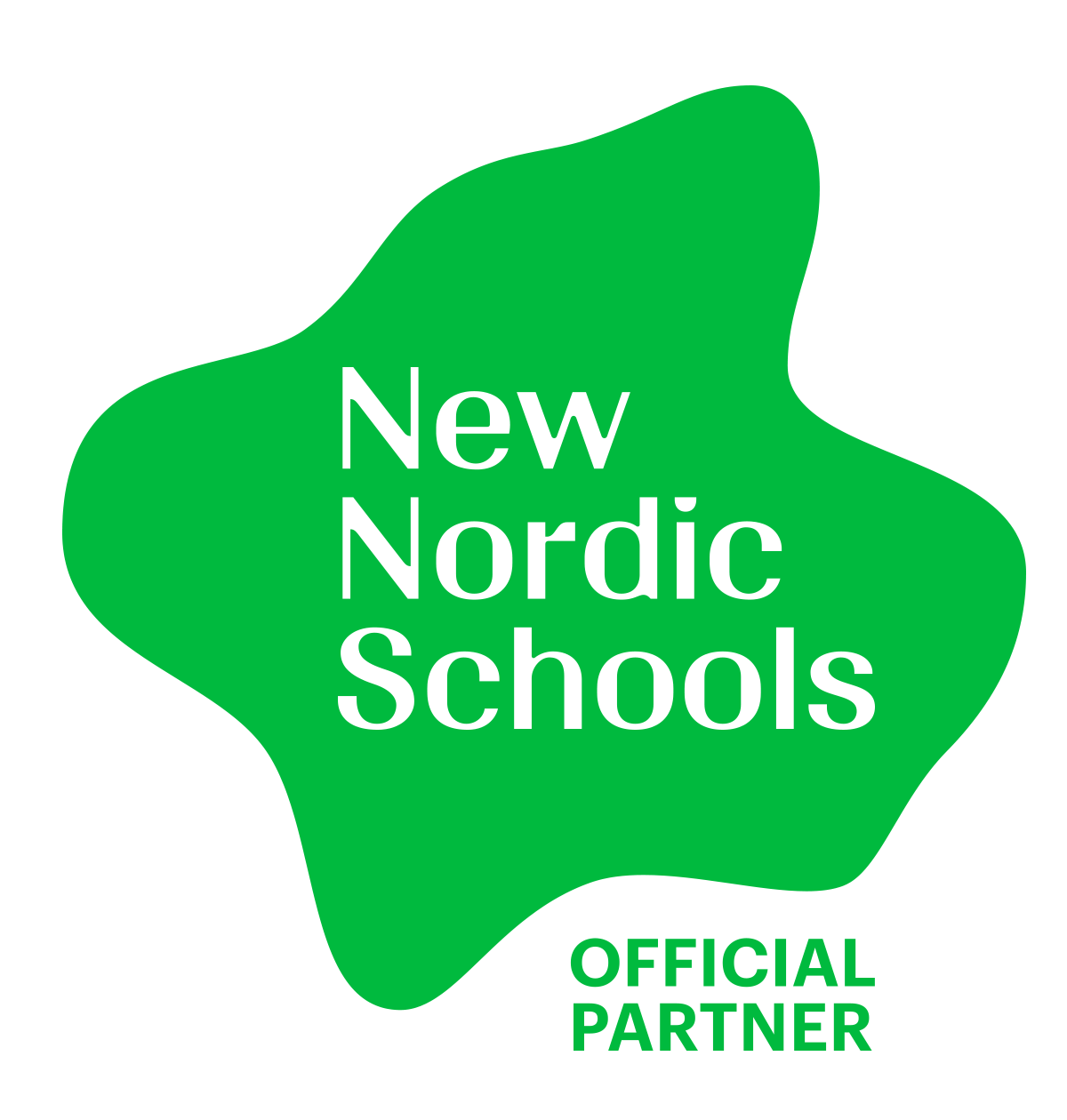By applying this approach (as Savremena Elementary School does through the Globetrotters project), schools create an environment where learning happens with joy, not pressure. This kind of teaching boosts motivation, self-confidence, and interest in foreign languages — not as a task, but as play and exploration.
At the same time, it sends a powerful message: education is not just about transmitting information, but about creating meaningful experiences and connecting students with the world around them. Through games, children don’t just learn language and culture — they develop a mindset that learning can be fun, meaningful, and relevant to life.

Globetrotters: Games that encourage language learning
Violeta Nincetovic / / Blog, Erasmus+ / September 5, 2025
Globetrotters: Games that encourage language learning
Partnership with the European project Globetrotters
Savremena Primary School is proud to announce its partnership with the European project Globetrotters, designed to introduce pupils aged 6 to 9 to a linguistic and cultural journey that goes beyond traditional teaching methods.

How games unlock language learning
One of the most effective and natural methods of language learning for children is role play. Through simulations of everyday situations — such as visiting a market, ordering food at a restaurant, or traveling abroad — children actively use the language instead of learning it passively. This approach helps words and expressions become part of real communication, rather than abstract lessons.
Role play also enables children to understand not just how words are used, but also the cultural context behind them — for example, greetings, customs, and social norms in different countries. This way, children develop both language skills and intercultural awareness and empathy.
Why this approach works so well for children
Young children have a remarkable ability to learn through doing — through movement, play, and interaction. As emphasized in the project, role play allows them to acquire new words and phrases spontaneously, without the burden of grammar rules or translation. Language becomes a tool for real communication and expression.
When children engage in dialogues that mimic real-life situations, they also develop listening skills, attention, and spontaneous response. Language becomes a living medium for interaction, not just practice — and that’s a key difference that deepens and sustains their knowledge.
Learning culture through simulations
Culture is best learned when it’s experienced, not just read about. Through role play, children can act out customs, holiday scenes, greetings, and daily interactions from different countries, which helps them understand why people in other contexts behave differently. Language learning gains deeper meaning as a bridge connecting different worlds.
For example, students might “recreate” a shopping trip in a Spanish market or celebrate a traditional Greek holiday, using phrases, songs, and cultural symbols. In this way, language is not just an academic subject — it becomes a bridge between people and cultures.




